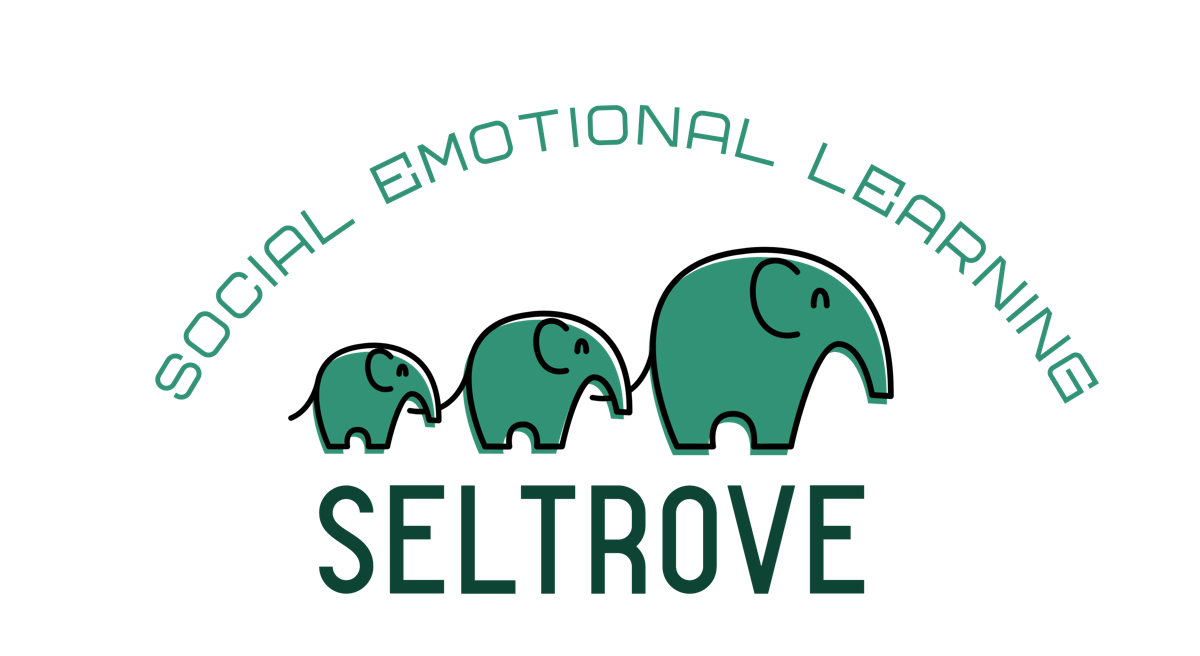
How Social Emotional Learning (SEL) Strengthens Leadership & Collaboration in the Workplace
Introduction
In today's fast-paced work environment, technical skills alone are no longer enough to succeed. Social Emotional Learning (SEL) has emerged as a critical tool for improving teamwork, communication, leadership, and overall workplace well-being. Organizations that integrate SEL see higher employee engagement, improved mental health, and increased productivity.
This blog explores how SEL enhances workplace dynamics and fosters a culture of collaboration and success.
SEL Improves Teamwork & Communication
Effective collaboration is the backbone of a successful workplace. SEL equips employees with essential interpersonal skills to enhance teamwork and communication.
Key Benefits:
Stronger Team Dynamics – Employees with SEL training actively listen, express ideas clearly, and respect diverse perspectives, leading to smoother collaboration.
Better Conflict Resolution – SEL helps employees manage emotions, mediate disputes, and find constructive solutions.
Enhanced Workplace Relationships – By fostering empathy and emotional intelligence, SEL strengthens professional connections and reduces misunderstandings.
Example:
A study by Harvard Business Review found that teams with high emotional intelligence outperformed their counterparts by 20% due to better communication and collaboration.
SEL Enhances Mental Health & Job Satisfaction
A positive work environment is crucial for employee well-being. SEL provides the emotional tools needed to reduce stress, build resilience, and improve job satisfaction.
Key Benefits:
Reduced Burnout – Employees who practice SEL techniques like self-regulation and mindfulness experience lower stress levels and greater emotional balance.
Increased Job Satisfaction – When employees feel heard and valued, job satisfaction rises, leading to higher retention rates and improved morale.
Healthier Work Environment – SEL encourages open communication and mutual respect, creating a more inclusive and supportive workplace.
Case Study:
A report from the American Psychological Association found that workplaces incorporating SEL practices saw a 25% drop in employee turnover due to improved emotional well-being and job satisfaction.
SEL Increases Productivity & Decision-Making
Emotionally intelligent employees are more engaged, proactive, and innovative, leading to better decision-making and higher productivity.
Key Benefits:
Improved Focus & Efficiency – SEL helps employees manage stress effectively, allowing them to stay focused and complete tasks more efficiently.
Better Decision-Making – Self-awareness and emotional regulation enable employees to make rational, thoughtful choices under pressure.
Higher Engagement & Motivation – Employees who feel emotionally supported are more committed to their work, leading to increased productivity and innovation.
Example:
A study from McKinsey & Company revealed that organizations emphasizing SEL and emotional intelligence experienced a 32% increase in employee productivity compared to those that did not.
Conclusion: Why SEL is Essential for Every Workplace
Social Emotional Learning is more than just a soft skill—it’s a game-changer for workplace success. By enhancing communication, fostering mental well-being, and boosting productivity, SEL helps create a thriving, emotionally intelligent workforce.
Next Steps:
✅ Leaders can integrate SEL training into employee development programs. ✅ Teams can practice SEL techniques such as mindfulness, active listening, and empathy-building exercises. ✅ Organizations can foster a culture that prioritizes emotional intelligence and collaboration.
💡 Want to create a more engaged and productive workforce? Start implementing SEL strategies today and watch your workplace thrive!
Want to learn more?
Access classroom-ready turnkey resources for your SEL classroom. Our SEL resources are crafted to be both engaging and interactive, aimed at nurturing empathy, compassion, and well-being among students. With a commitment to creating inclusive and kind classroom environments, our suite of print and digital materials is designed to support educators in this mission
Featured links
-
SEL Print Workbooks
-
SEL Lightspeed Schoolwide
-
SEL K-12 Free Sample Guide
-
District Solutions
-
About us
Teacher Resources
Get in touch
-
516 North Ogden Ave, Suite 111 Chicago, IL 60642
-
andy@seltrove.com
-
312-224-2536